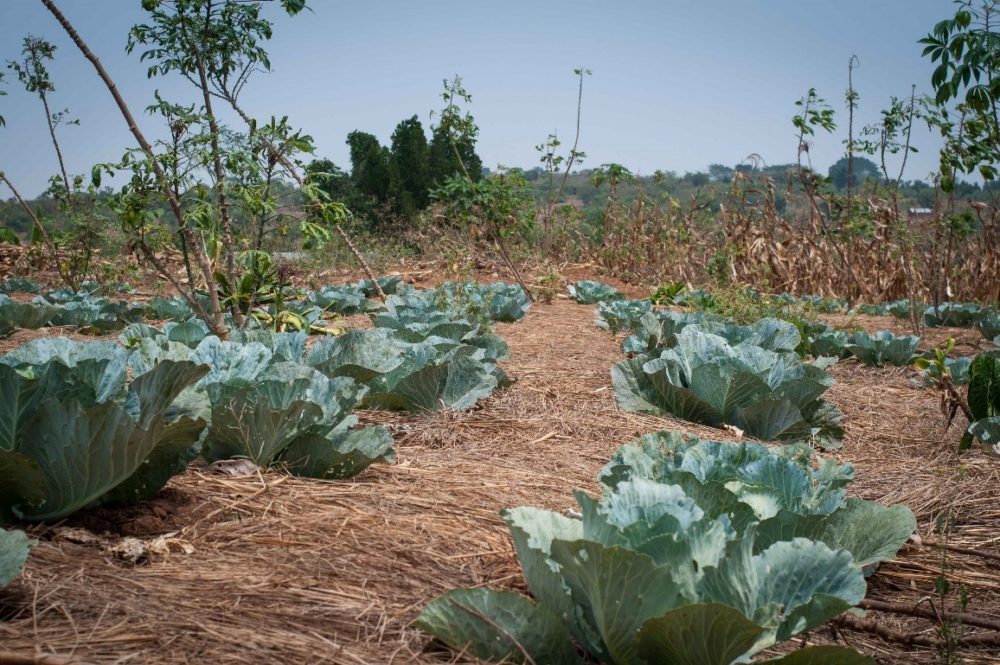World Soil Day: Stop Soil Erosion, Save Our Future
Date
December 5, 2019
Mulching practised in a field with cabbage in Eastern Uganda. Mulching reduces erosion and increases the amount of organic material in the soil. Photo: Linus Karlsson.
On December 5 it is World Soil Day. This year, by addressing the increasing challenges of soil management, the FAO campaign “Stop soil erosion, Save our future” aims to raise awareness of the importance of sustaining healthy ecosystems and human well-being.
Agroforestry and soil conservation
When soil is lost through erosion, land is degraded resulting in reduced crop yields.
Agroforestry contributes to reduced erosion and provides other tree-related ecosystem services, such as increased soil fertility and biodiversity.
Vi Agroforestry and partners conduct trainings for small holder farmers in sustainable agriculture land management (SALM) practices, to increase the organic content in the soil. Increased content of organic matter improves yields, provides resilience to droughts and heavy rains, and limits erosion.
Vegetation-related conservation strategies, such as hedgerows, mulching and intercropping, can decrease the erosion rate with as much as 90 percent compared to croplands where no conservation strategies are practiced. If vegetation strategies are combined with soil-conservation methods, the erosion rate can be even further reduced.
Agroforestry, if done right, improves soil fertility, which is an important aspect for increasing food security.
Read more in Scaling up agroforestry – potential, challenges and barriers
Read more about FAO and World Soil Day (in Swedish)